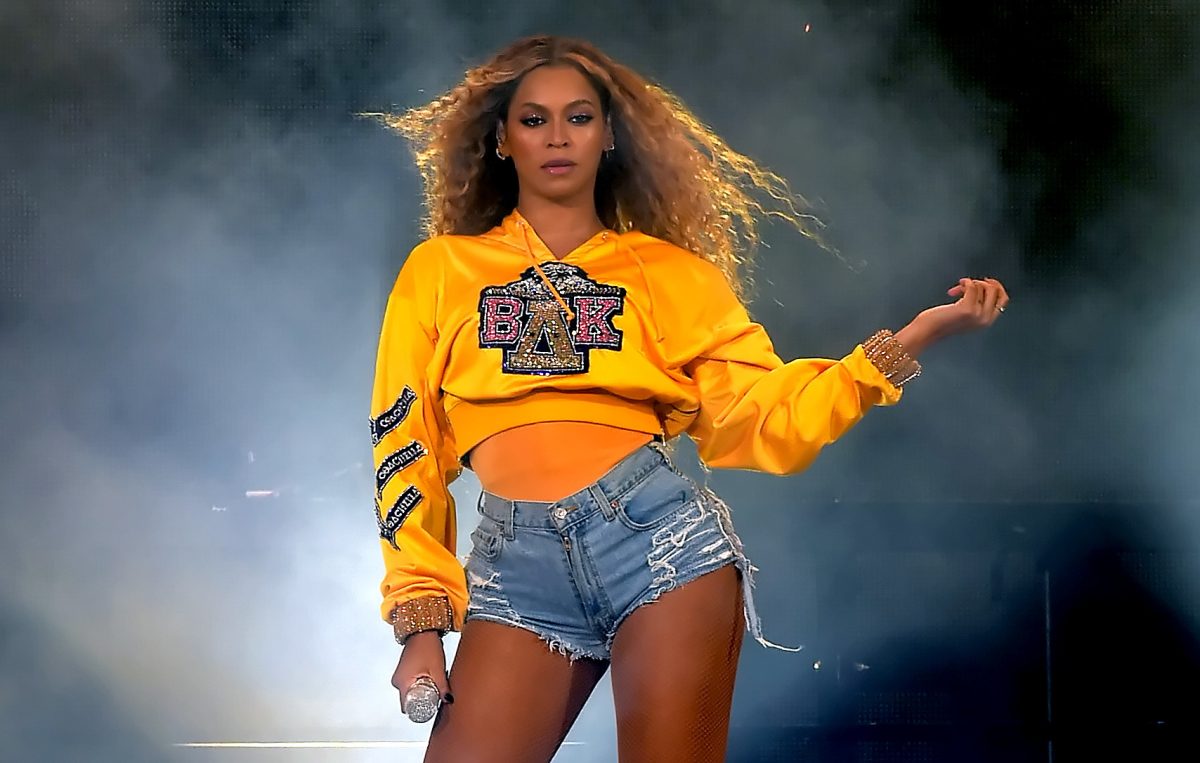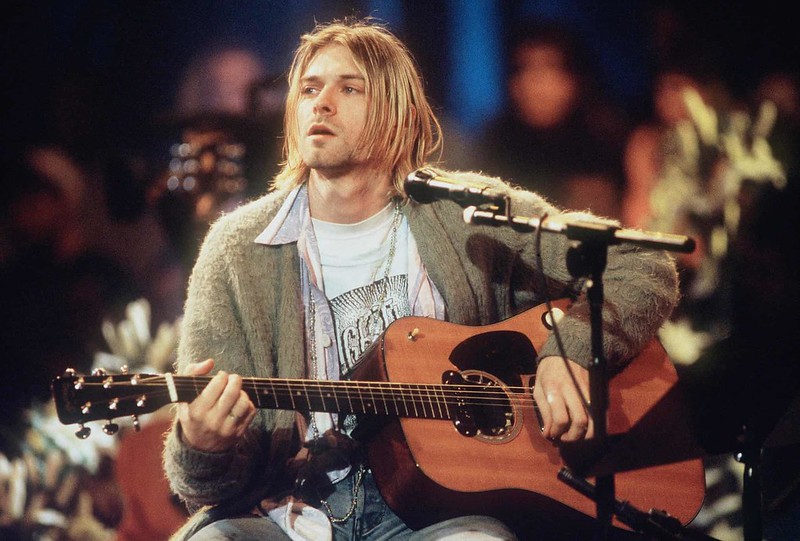
Editor’s Note: This article was originally published in thebriolife.com, a website run by the author. It has been edited for the Daily Collegian by Collegian edtiors.
From the beginning of dub and disco cultures to the classic DJ-MC duos in old school hip-hop, the art of remixing has grown exponentially in the past few decades as an outlet for creativity through influence.
Remixing has transcended through a plethora of genres, widening the scope for music interpretation, understanding and appreciation. It could even be defined as a genre itself, an approach that many musicians now take that is defining their direction in the music industry.
From the usage of pure sampling by Art of Noise, to the inventiveness of avant-garde outfit Aphex Twin, the spectrum is continually growing. Whether artists are trying to wipe the dust off some old classics, advertise themselves to a bigger market or to establish relationships with other artists, its creation of image may release some deep observation.
This perspective resides at two sectors: the image from creation and image on the creator, or in this case the song and the musician who wrote it. What I mean by the image of the creation is not the hipster-rallying riot mob that arose from Kanye’s sample from Bon Iver’s “Woods,” nor the disappointed groupies after finding out that Led Zeppelin had copped numerous songs from previous blues musicians. The focus here is the depictions created by the sounds and how these depictions change in a remix.
This perspective is much like a “remix” in art, such as the Marilyn prints of Andy Warhol exemplify, which modifies colors and styles of one image. In hindsight it is the same image, however, a few tweaks quickly manifests different feelings from the artwork, such as mood, attitude, intention, etc. The same concept applies to music remixes in the sense that a musician can convey different visuals or atmospheres to a listener.
To pick a pop culture example, the song “Sunday Morning” by Maroon 5 was remixed by ?uestlove, iconic drummer for instrumental hip-hop band The Roots. Some differences included key, chord progression, a violin part that took the place of the original saxophone part and more echo-heavy drum beats. However, the original had painted the scene of a driven young man ceasing the day because he has met the love of his life the night before.
He is already awake waiting eagerly for the Sunday paper as dawn breaks and the coffee is already brewing. This image is bright in optimism, fresh with attitude, and relaxing in motive. However, in the remix the young man wakes contemplating his chances of furthering the relationship inherent in the song presented by Maroon 5, but instead he is bogged down by a lack of confidence and understanding.
It is already mid-afternoon, and the beams of sunlight shining through his blinds do nothing to get him out of bed. This image creates an uncomfortable atmosphere, slouches more than straightens and leaves the character full of strife. With this, the visuals of a remix compared to an original will naturally portray the original musicians, or the image on the creator, in a different light. The remixers may represent the musicians focusing more on troublesome, dark or pessimistic lyrics rather than their usual uplifting, confidence strolling lyrics. These in turn reflect the personalities and lifestyles of the band.
Here is another example that leans closer to being grouped in with the indie scene. A shoegaze solo act boasting a nice touch in the most epic build-ups ever, M83 released his double album “Hurry Up, We’re Dreaming” on Oct. 18. His first single “Midnight City” hit mass acclaim back in August and in late September had created enough buzz to inspire a “Midnight City Remix EP” by four different remix artists.
In the original, the melody line is so catchy that the long sustaining synth fillers, harmonized falsettos and the ending kick of a valiant saxophone solo can easily latch onto the hip, upbeat direction the song goes for.
The music video that was just recently released depicts these sounds perfectly: a group of kids with superhero talents that escape from an asylum to show the world that children are smarter, more powerful and more capable than most people think. The Trentemoller remix (first track on the Remix EP), however, punctures the mood right from the start with a lurking, static and heart-pounding intro. The addition of a distorted, yet noticeable droning noise, matched with the elimination of the warm synth fillers depicts the music video in a way where the kids have not escaped the asylum and perhaps their superpowers are now waning, completely scrapping any source of faith. The shrieking key changes in the falsetto voices and uncomfortable synth squeals may suggest that the kids are now just going insane, and using what is left of their superpowers to inevitably destroy themselves.
Although remixes are interpretive depictions of a song, the existence of such a unique outlet for musicians to highlight another song or group with different visuals is a new perspective in creating remixes. They can take the listener on a journey that can be completely different than where the original had taken them. John Von Seggern, a professor in the ethnomusicology department at the University of California, Riverside says that the remix “is a major conceptual leap: making music on a meta-structural level, drawing together and making sense of a much larger body of information by threading a continuous narrative through it.” It is taking the normal scope of visuals from one genre and transforming and incorporating them into another genre, and vice versa. It is a concept that remixers can use to flourish their creativity in the production process, and in the end put more meaning behind the songs and musicians they remix.
Dylan Brewer can be reached at [email protected].












